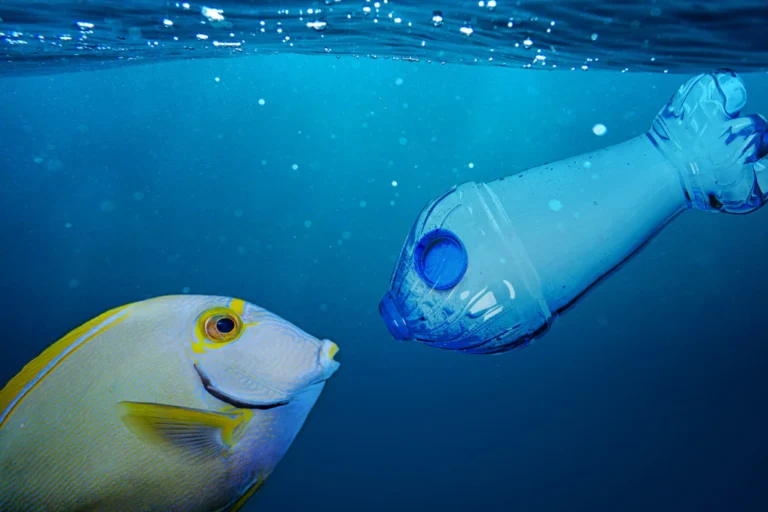
The event set up by the United Nations was celebrated on 5 June, which this year has as its theme the protection of the oceans and marine habitats from the threat of plastic waste. Every year since 1974, World Environment Day has been celebrated on 5 June. Established by the United Nations, the event aims to raise awareness of global action to protect natural heritage.

The birth of the day
World Environment Day originated on December 15, 1972 when a resolution of the UN General Assembly designates June 5 as the day used to celebrate the event all over the world. The aim is to undertake activities on a global scale every year for the conservation and enhancement of the environment. The date chosen by the United Nations coincides with the first day of the Conference on the human environment held from 5 to 16 June 1972 in Stockholm. The first edition dates back to 1974 and, since then, the Day has become a driving force to intervene on the most urgent environmental problems worldwide. There are millions of people who have contributed over the years to leading the change in consumption habits and national and international environmental policies.
Fight against plastic pollution
The slogan chosen for the 2018 edition of the World Environment Day is
“Beat plastic pollution. If you can’t reuse it, refuse it”, or “Beat plastic pollution. If you can’t reuse it, refuse it”. The goal is to stimulate alternative proposals to single-use plastic, in particular, through the development of new materials that are more sustainable for the environment. According to Unep, the United Nations Environment Program, in fact, every year eight million plastic waste is poured into the oceans: a total of 13 million tons of plastic. For this reason, it was necessary to declare war on disposable items. Seas and oceans are put to the test: just think that, according to the data made available by the UN, one million plastic bottles are bought every minute in the world and only a very small part of these is then recycled.
India host country
The Vigyan Bhavan convention center in Delhi, India, on the occasion of World Environment Day, hosted a five-day exhibition, with a series of meetings and debates on the theme of plastic, its many applications in sectors such as construction , medicine and the food industry and on the problem of disposables and sustainable alternatives. “The problem lies in the way we consume and dispose of plastic,” said Shri Raghavendra Rao, of the Indian Ministry of Chemicals and Fertilizers. “In India today, 45% of the plastics produced are disposable. This is a big problem”. Among the possible alternatives to plastic, there would be stainless steel. “Steel goods – said Aruna Sharma of the Indian Ministry of Steel – last at least 100 years and can be part of a more holistic if the way they are produced is also zero-waste”. At the same time, however, according to Ashok Khosla, founder of a social enterprise focused on sustainable development, “plastics cannot be banned categorically because they are so important in our lives”.
The numbers of plastic pollution in Italy
The problem of plastic pollution in the sea also affects Italy closely. Recent investigations conducted by Legambiente through the “Green Schooner” report have revealed that 96% of floating waste in our seas is made of plastic. A density of 58 waste for every square kilometer of sea with peaks of 62 in the Tyrrhenian Sea. The most common types of waste included bags (16.2%), sheets (9.6%), nets and lines (3.6%), polystyrene fragments (3.1%), bottles (2.5% ). And an estimate that concerns the entire Mediterranean Sea speaks of “at least 250 billion plastic fragments”. Plastic pollution also affects Italian beaches. According to the Beach Litter 2018 survey by the environmental organization, out of 78 monitored beaches , for a total of over 400,000 square meters, an average of 620 pieces of waste were found for every 100 linear meters of beach. And one of the most found materials is plastic, with a percentage of 80% of the total.